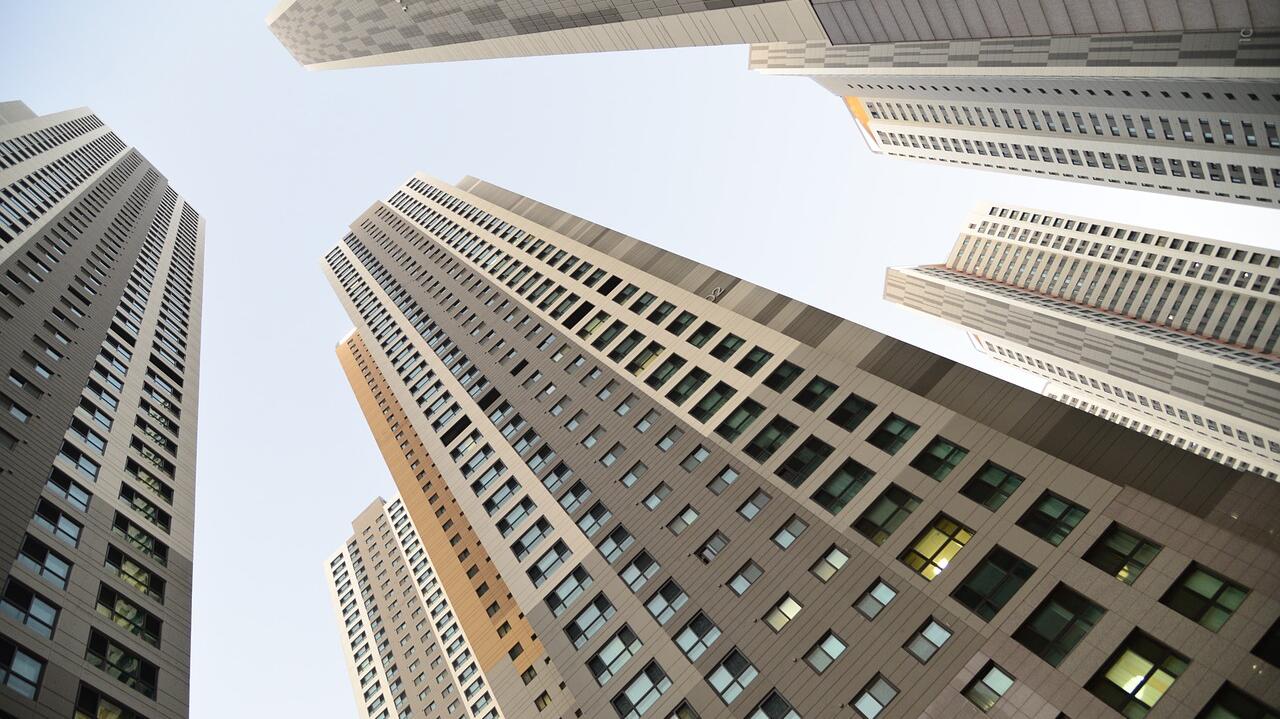According to SQM Research, vacancy rates in residential dwellings decreased slightly across Australia in September to 1.2%.
Vacancies in residential properties currently total 37,932, down from 39,665 in August 2024.
The decline was mainly driven by Perth, Canberra, and Hobart, as well as regional Australia. The rest of the capital cities recorded slight increases or remained steady.
Louis Christopher, Managing Director of SQM Research said: “National rental vacancy rates fell slightly again in September, and we are expecting another fall in October."
This continued decrease in vacancy rates suggests that renters may face increased competition for available properties. As the demand for housing remains high, rental prices are likely to rise, putting financial pressure on tenants. Renters may need to act quickly when a property becomes available and be prepared for potential bidding wars.
Christopher, added: "However, this will mainly be a seasonal change and so, we are not anticipating a reacceleration of rents for now, which have eased in recent month.
"The national rental market remains in severe shortage and barring some exceptions, is not expected to materially soften out of the rental crisis for some years.
"Ongoing strong migration growth, initially forecast by SQM to materially slow in 2024 towards Federal Budget targets, has not materially slowed.
"Total population expansion for this current calendar year is now expected to be higher than 500,000 people; and so, this rapid population growth will continue to keep pressure on the rental market.”
Contributing factors to the rental market shortages include the sustained high levels of immigration and population growth, which increase demand for housing.
Government policy plays a crucial role in addressing rental shortages by implementing measures to increase the supply of affordable housing. This can include incentives for developers to build new rental properties, reforms to zoning laws, and support for social housing initiatives. Additionally, policies that streamline the approval process for new housing projects can help expedite construction and alleviate some of the pressure on the rental market.
Limited new housing construction and existing supply constraints exacerbate the situation, making it challenging to meet the rising demand.
If rental shortages remain unaddressed, many families may face increased financial strain, leading to housing instability and even homelessness for some. This could further widen the socio-economic gap as lower-income individuals struggle to afford rising rents. The lack of affordable housing options also might discourage new residents or workers from relocating to affected areas, potentially impacting local economies and labor markets.
Potential solutions to increase housing construction include offering tax credits to developers who invest in affordable housing projects and reducing regulatory barriers that delay building processes. Governments can also invest in infrastructure improvements to make new development areas more appealing and accessible. Furthermore, public-private partnerships can be encouraged to leverage resources and expertise, accelerating the pace of construction and addressing the housing shortage more effectively.
Economic factors such as interest rates and investment in the housing sector also play a role in influencing the availability of rental properties.
The rental vacancy rate in Sydney has remained stable at 1.6%, with 11,360 rental units vacant. Melbourne’s vacancy rate increased to 1.7%, with 8,796 vacant dwellings, reflecting a 0.1% rise from August.
Among the states and territories, Canberra had the highest rental vacancy rate at 2.0%, down slightly from August. Perth's vacancy rate dropped to 0.6%, while Darwin's went up to 1.0%. The vacancy rate in Adelaide stayed at 0.6%. Hobart's vacancy rate fell to 0.8%.
CBD vacancy rates were largely steady. Sydney recorded a 5.0% vacancy rate while Melbourne CBD recorded a slight decrease to 5.1%. And Brisbane CBD had a 2.4% vacancy rate.
Rents
The capital city asking rents have shown mixed trends in the past month. There was a 0.5% increase in total rents advertised in capital cities.
Combined rents in Sydney increased by 0.9%, following a decline during the winter months. Alternatively, Melbourne recorded a 1.1% decline, indicating that the rental market is softening.
There was a healthy increase in combined rents in Brisbane, rising by 1.5%. In addition, Perth exhibited growth with a 1.7% rise, making it one of the strongest performers in the country.
The rental prices in Adelaide declined by 0.2%, indicating a slight downward trend. A notable shift in demand was evident in Canberra as housing rents declined by 3.4%. Hobart's combined rents increased by 0.3%, continuing a trend of stability. The demand for rentals in Darwin, however, declined by 4.5%, indicating a significant decline in the market.
A national analysis including all regions showed an increase in the median advertised rent of 0.8%, suggesting tightening rental conditions in regional areas.
